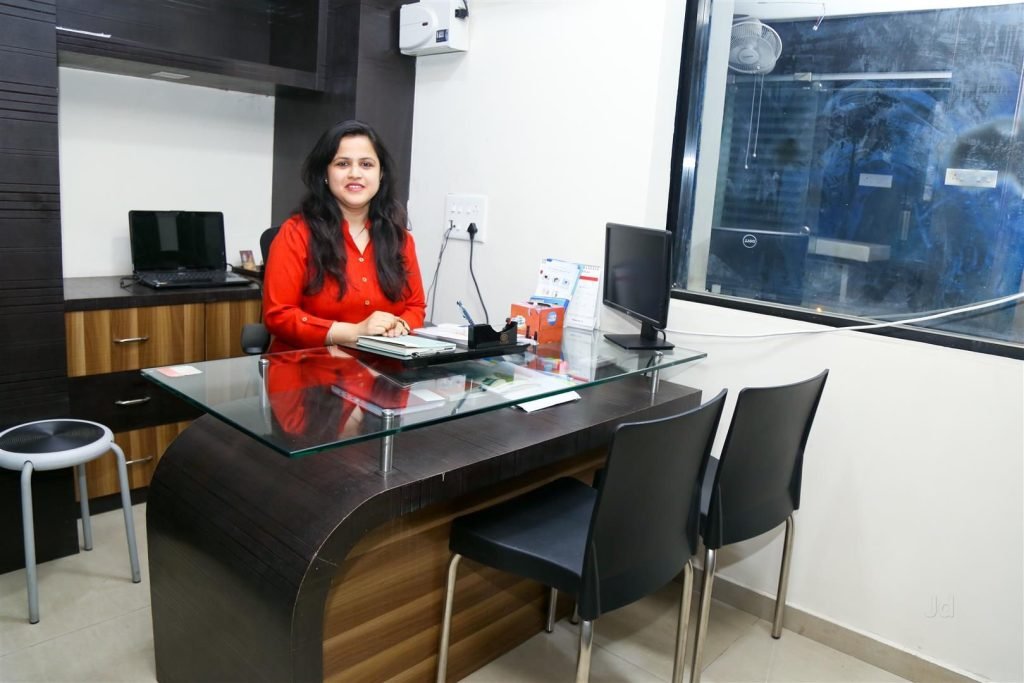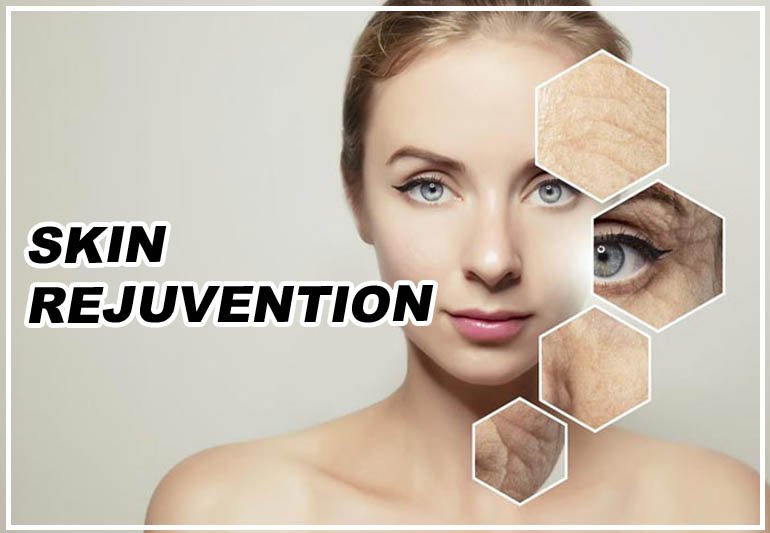Meet Our Doctor


Dr. Neha Rajesh Rathi
Consultant Dermatologist & Cosmetologist
Skin Rejuvention

What is Skin Rejuvention

What are the Symptoms of Skin Rejuvention?

Redness: Skin redness is a common side effect after treatments such as laser resurfacing, chemical peels, or intense pulsed light (IPL) therapy. It is typically temporary and subsides within a few days to a couple of weeks.
Swelling: Mild to moderate swelling may occur after treatments like dermal fillers, microdermabrasion, or certain laser treatments. The extent and duration of swelling can vary depending on the treatment used.
Sensitivity or itching: Some individuals may experience increased skin sensitivity or itching following skin rejuvenation procedures. This can be a temporary reaction to certain topical products, chemical peels, or laser treatments.
Dryness or flaking: Skin may become dry or flaky after treatments like chemical peels or microdermabrasion. This is typically a temporary side effect and can be managed with moisturizers and gentle skincare.
Treatment for Skin Rejuvention

Skin rejuvenation treatments aim to improve the appearance and health of the skin by addressing various concerns such as wrinkles, fine lines, sun damage, uneven skin tone, and texture irregularities. There are several effective treatments available for skin rejuvenation, including:
Chemical Peels: A chemical solution is applied to the skin, which causes the outermost layer to peel off. This promotes the growth of new skin cells and improves the skin’s texture and tone.
Microdermabrasion: This procedure involves exfoliating the skin using tiny crystals or a diamond-tipped wand. It helps remove dead skin cells, smoothens the skin, and stimulates collagen production.
Laser Resurfacing: Fractional laser technology is used to remove damaged skin cells and stimulate collagen production. It can address wrinkles, scars, sunspots, and uneven skin tone.
Intense Pulsed Light (IPL) Therapy: IPL uses broad-spectrum light to target specific skin concerns such as age spots, sun damage, and vascular conditions. It helps reduce pigmentation irregularities and stimulates collagen production.
Dermal Fillers: These are injectable substances, such as hyaluronic acid, that are used to restore volume and smooth out wrinkles and fine lines. They can also enhance facial contours and improve the appearance of scars.
Botox: Botulinum toxin is injected into specific muscles to temporarily paralyze them, reducing the appearance of wrinkles and fine lines caused by facial expressions.
Platelet-Rich Plasma (PRP) Therapy: PRP therapy involves using the patient’s own blood plasma, which is rich in growth factors, to stimulate collagen production and rejuvenate the skin. It can be combined with other treatments for enhanced results.
Understanding Skin Rejuvenation

The following are some examples of skin rejuvenation and resurfacing treatment methods:
- Laser And Intense Pulse Light (IPL) Treatments – Used to remove discoloration and/or tighten sagging skin
- Chemical Peels – Various acid peels used in different combinations to remove damaged outer skin layers
- Ablative Laser Treatments (Fractional, CO2 Lasers) – Remove outer layers of skin to smooth lines and wrinkles
- Mechanical Ablation (Dermabrasion, Dermaplaning) – Surgical scraping methods to soften skin surface irregularities
- Non-Ablative Treatments (Microdermabrasion, Microneedling, Light Acid Peels) – Minimally invasive sanding methods to treat light scarring and discolorations.
- Dermal Fillers – Injectable compounds to improve skin contouring
- Botulinum Toxin Type A Treatments – Blocks nerve contraction to relax wrinkles
- Spider Vein Treatment (Sclerotherapy) – Injections to collapse unsightly surface veins
Benefits of Skin Rejuvenation

a) Reduction of Wrinkles and Fine Lines: Skin rejuvenation treatments, such as laser resurfacing and dermal fillers, can effectively minimize the appearance of wrinkles and fine lines, giving you smoother, younger-looking skin. b) Improved Skin Texture: Techniques like microdermabrasion and chemical peels work to exfoliate the outermost layer of dead skin cells, revealing a fresh, rejuvenated complexion with improved texture. c) Even Skin Tone: Procedures like IPL (Intense Pulsed Light) therapy and chemical peels can target and reduce pigmentation irregularities, such as age spots, sun spots, and hyperpigmentation, resulting in a more even skin tone. d) Scar Reduction: Skin rejuvenation treatments, including microneedling and laser therapy, can help minimize the appearance of acne scars, surgical scars, and stretch marks, promoting a smoother skin surface. e) Increased Collagen Production: Many skin rejuvenation techniques stimulate collagen production, a protein responsible for maintaining skin elasticity and firmness. By boosting collagen levels, you can achieve a plumper and more youthful complexion.
Conclusion

